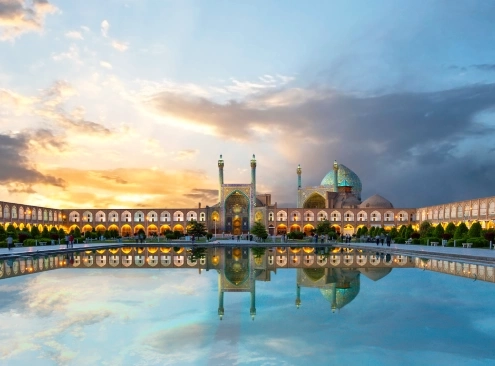
Travel to Iran from Indonesia (Visa, Flights, Dress Code)
/
0 Comments
Iran offers a diverse range of historical, cultural, and natural…
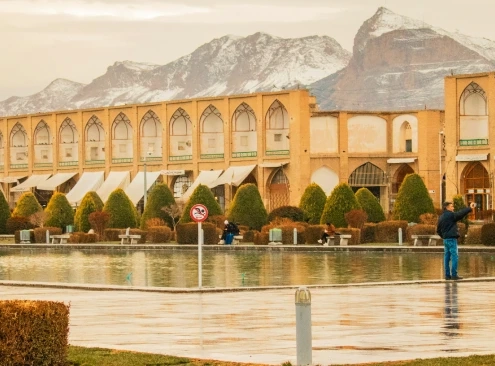
Travel to Iran From Brazil (Visa, Flights, Dress Code)
Traveling to Iran is a rewarding choice due to its rich historical…
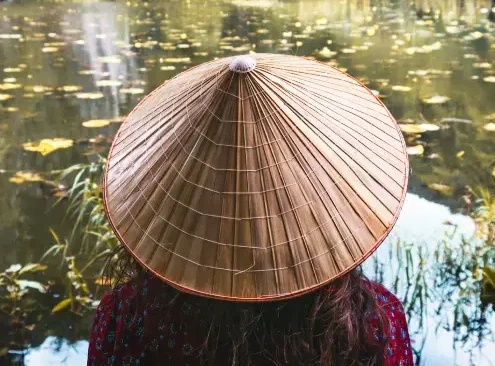
Travel to Iran from Vietnam (Visa, Flights, Dress Code)
Iran is a country of diverse landscapes and delicious cuisines.…

Travel to Iran from Malaysia (Visa, Flights, Dress Code)
The rich history, numerous ancient cities, the magnificent centuries-old…
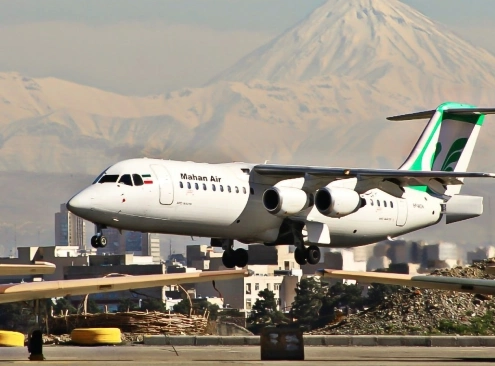 https://irandoostan.com/dostcont/uploads/2024/08/Iran-Airlines.webp
366
800
nelia shidfar
https://irandoostan.com/dostcont/uploads/2025/05/Irandoostan-logo.webp
nelia shidfar2024-08-26 10:33:582025-04-13 12:29:27Top 10 Iran Airlines
https://irandoostan.com/dostcont/uploads/2024/08/Iran-Airlines.webp
366
800
nelia shidfar
https://irandoostan.com/dostcont/uploads/2025/05/Irandoostan-logo.webp
nelia shidfar2024-08-26 10:33:582025-04-13 12:29:27Top 10 Iran Airlines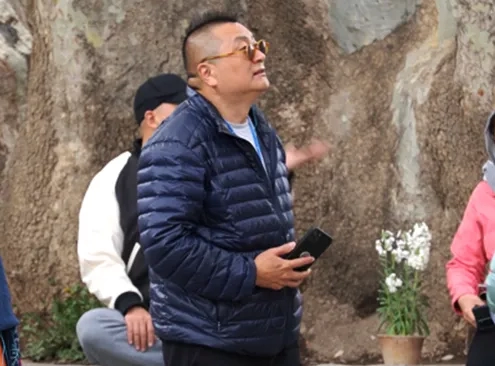
Iran Tour for Chinese | Can Chinese Citizens Visit Iran?
Chinese citizens can visit Iran! Iran Doostan has many Iran Tour…
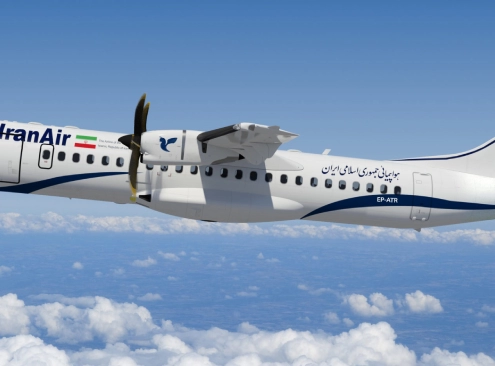
Iran Air Airline (History, Booking, Ticket Price, Destinations)
Iran Air Airlines goes beyond its title by opening doors to global…
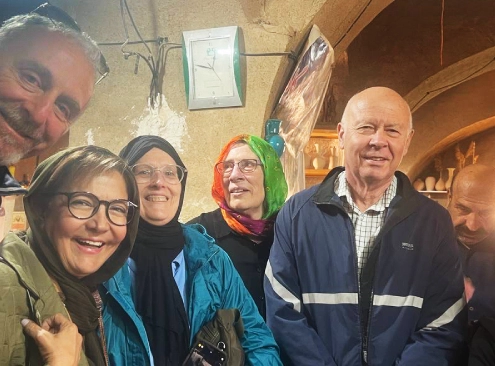
Is Iran Safe for American Tourists in 2025?
In 2025, Iran has hosted many tourists from all around the world.…
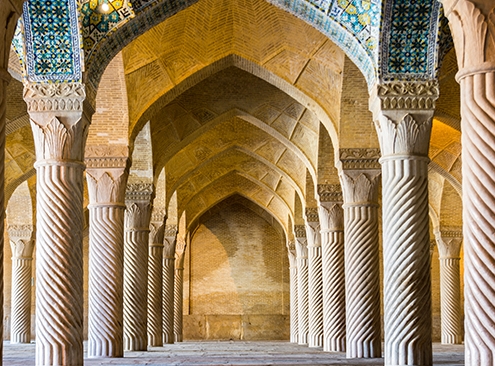
Top 6 Best Iran Spring Destinations + Photos
Iran is absolutely beautiful, and this beauty doubles in spring.…
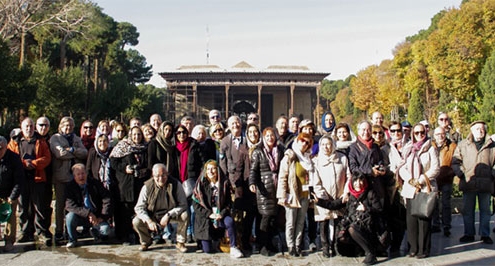
Can you travel to Iran as an American?
Wondering whether U.S. citizens can travel to Iran or not?…
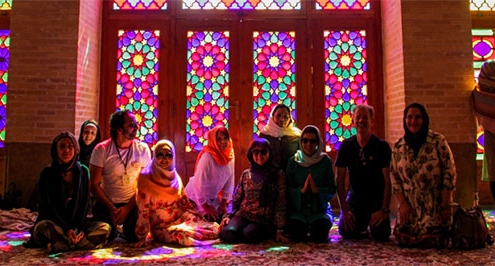
Solo female travel in Iran: Tips & Guides
Solo female travel in Iran is a great experience, but it requires…
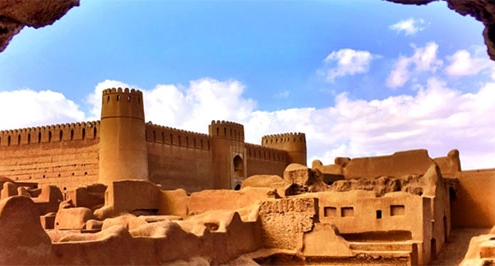
Kerman attractions infographic
In one of the hottest provinces of Iran, such beauty and splendor…

Tehran attractions infographic (Districts 1-3)
As a metropolitan which has been the capital of Iran for over…
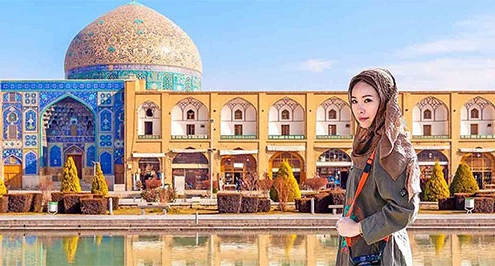
Is Iran safe? A Tourist’s Perspective on Iran Safety
I always wanted to travel to Iran, otherwise known as Persia,…

Tehran attractions infographic (district 12)
You don't have enough time to visit the whole big city of Tehran?…
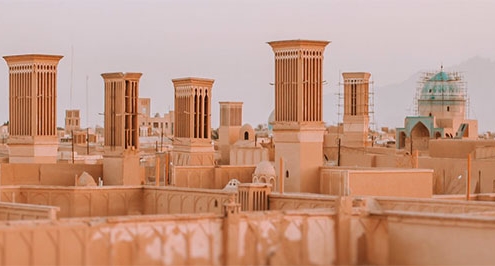
Yazd attractions infographic
Yazd, also well-known as the city of windcatchers, is located…
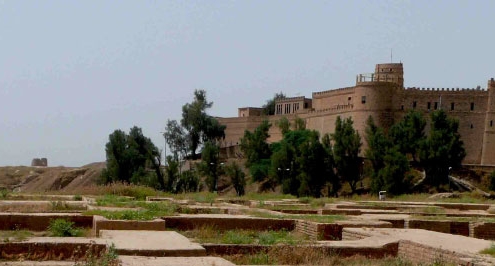
Susa attractions infographic
Located in the south-west of Iran, on the foothill of Zagros…
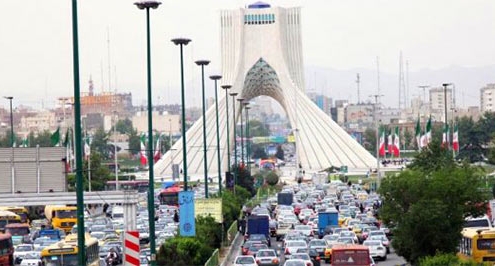
Tehran traffic: Rules and tips for tourists
Everything – or quite everything – is relative, many may…


